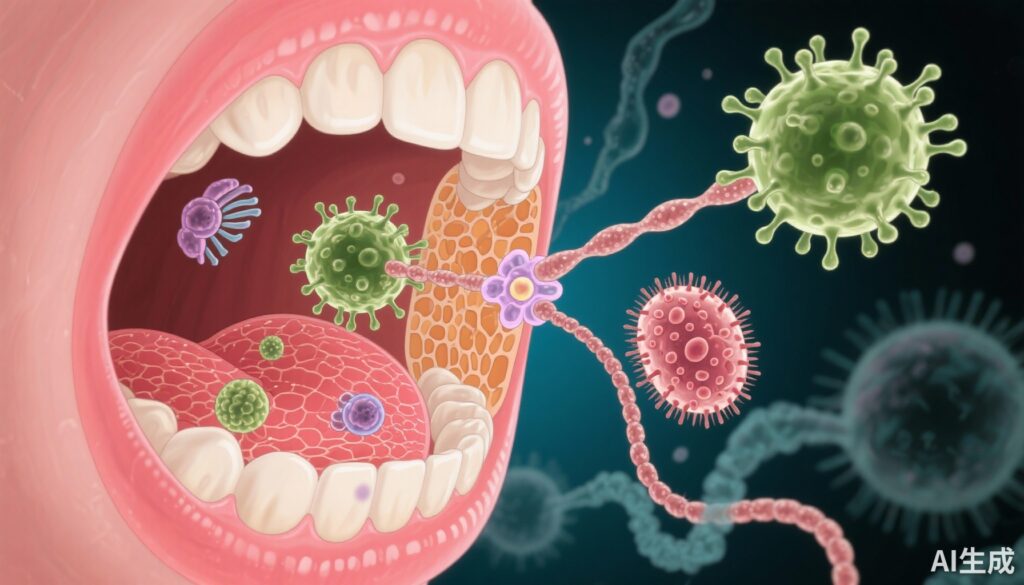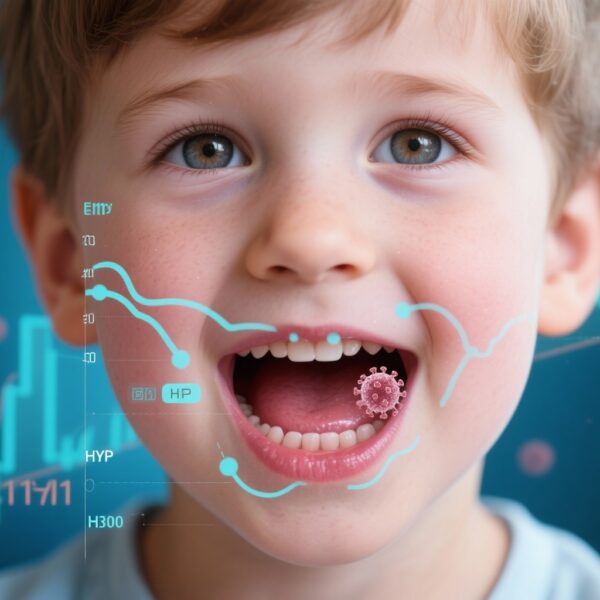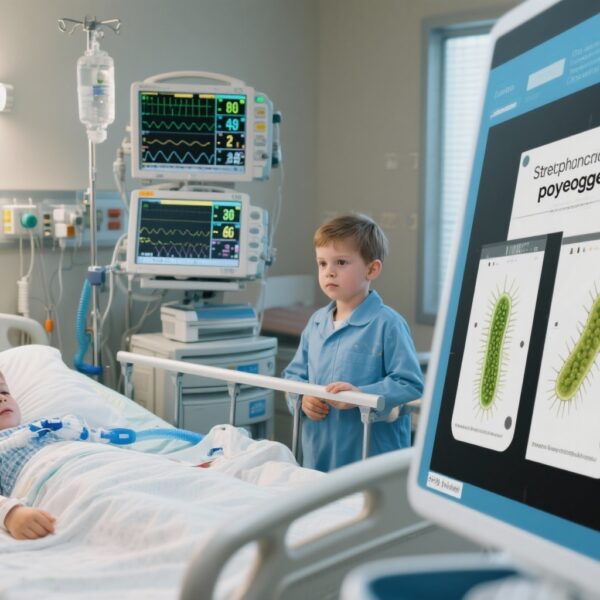Highlight
- Nearly all studied men were seropositive for Epstein-Barr virus (EBV), consistent with EBV’s ubiquitous nature.
- Elevated EBV antibody titers, particularly to the early antigen EA-D, are significantly linked with persistence of high-risk oral HPV types 16, 18, 33, and 51.
- A self-reported history of atopy correlates with increased EBV nuclear antigen IgG levels.
- The findings suggest a possible role for EBV coinfection in modulating oral HPV infection dynamics and potentially influencing oropharyngeal cancer risk.
Study Background
The increased incidence of human papillomavirus (HPV)-related oropharyngeal carcinomas over recent decades, particularly among men, has brought urgent focus to understanding factors influencing oral HPV persistence. While HPV infection is essentially ubiquitous, persistent infection with high-risk HPV genotypes is a critical precursor to malignant transformation in oropharyngeal tissues. Epstein-Barr virus (EBV), a herpesvirus also widely prevalent globally, has oncogenic potential in various epithelial and lymphoid malignancies. However, the clinical and biological implications of EBV coinfection on oral HPV infection outcomes remain poorly understood. Investigating this viral interplay may elucidate mechanisms underpinning HPV persistence and the pathogenesis of HPV-driven oropharyngeal cancers, potentially guiding risk stratification and preventive strategies.
Study Design
This prospective cohort study analyzed 119 men enrolled in the Finnish Family HPV Study, followed over a three-year period. The study collected oral cavity samples and blood at baseline and at 12, 24, and 36 months to evaluate longitudinal infection status and serological responses. Oral HPV was genotyped by the Multimetrix assay. EBV serostatus and antibody titers targeting key EBV proteins — Zebra (Z), early antigen-diffuse (EA-D), Epstein-Barr nuclear antigen (EBNA), and viral capsid antigen p18 (VCAp18) — were measured by a fluorescent bead-based multiplex serology technique. The primary endpoints were the persistence of type-specific oral HPV infection and its association with EBV seropositivity and specific antibody levels. Analytical methods included univariate logistic regression to estimate odds ratios (ORs) and 95% confidence intervals (CIs) for these associations.
Key Findings
Of the participants, 99.2% (n=118) were EBV-seropositive, confirming near-universal EBV exposure in this adult male population. Antibody titers remained stable during the follow-up period. A noteworthy association was found between a self-reported history of atopic conditions and elevated levels of EBNA-1 IgG antibodies, with a robust OR of 7.43 (95% CI: 1.39-39.76), suggesting an immunological link worth further exploration.
Critically, men with high EBV antibody titers, particularly to the EA-D antigen, demonstrated a significantly increased risk for persistence of oral HPV infection with high-risk types 16, 18, 33, and 51. Specifically, EBV-seropositivity with high antibody titers increased type-specific HPV persistence risk by over fourfold (OR 4.20; 95% CI: 1.09-16.19). Elevated EA-D antibody levels alone were associated with an even higher risk of HPV persistence (OR 6.23; 95% CI: 1.19-32.75). These results underscore a potentially synergistic interaction between EBV reactivation and HPV persistence within the oral mucosal environment.
Expert Commentary
The results highlight the complexity of viral coinfections’ impact on oncogenic HPV persistence. EBV, known for inducing latent and lytic phases, may influence the local immune milieu or epithelial cell susceptibility, thereby facilitating prolonged HPV infection. Elevated EA-D antibodies indicate recent or ongoing EBV lytic activity, which might compromise mucosal immunity, permitting HPV to evade clearance mechanisms.
This study’s strength lies in its longitudinal design and multiplex serological analysis allowing detailed viral interaction characterization. However, limitations include the relatively small cohort size and focus on men, which may limit generalizability. There is also a need for mechanistic studies to elucidate how EBV modulates HPV infection dynamics at a molecular level. Future research could investigate whether antiviral or immunomodulatory interventions targeting EBV might reduce persistent oral HPV infections and subsequent cancer risk.
Conclusions
This investigation from the Finnish Family HPV Study identifies a significant association between elevated EBV antibody responses, particularly EA-D levels, and persistent oral infection with oncogenic HPV types. Given the rising incidence of HPV-associated oropharyngeal malignancies, understanding EBV’s role could be crucial in improving risk stratification and developing targeted preventive strategies. These findings warrant further research to unravel the biological mechanisms underpinning EBV and HPV coinfections and to explore potential interventional avenues for reducing persistent oral HPV infection and associated cancer risk.
Funding and Clinical Trials
The referenced study was funded by Finnish governmental research grants and no specific clinical trial registration was reported in the publication.
References
Rinne S, Michels B, Butt J, Syrjänen K, Grenman S, Waterboer T, Syrjänen S, Louvanto K. Epstein-Barr Virus Serology Associated With Persistent Oral Human Papillomavirus Infections in Men. J Oral Pathol Med. 2025 Sep;54(8):733-741. doi: 10.1111/jop.70015. Epub 2025 Aug 7. PMID: 40772503; PMCID: PMC12419979.



